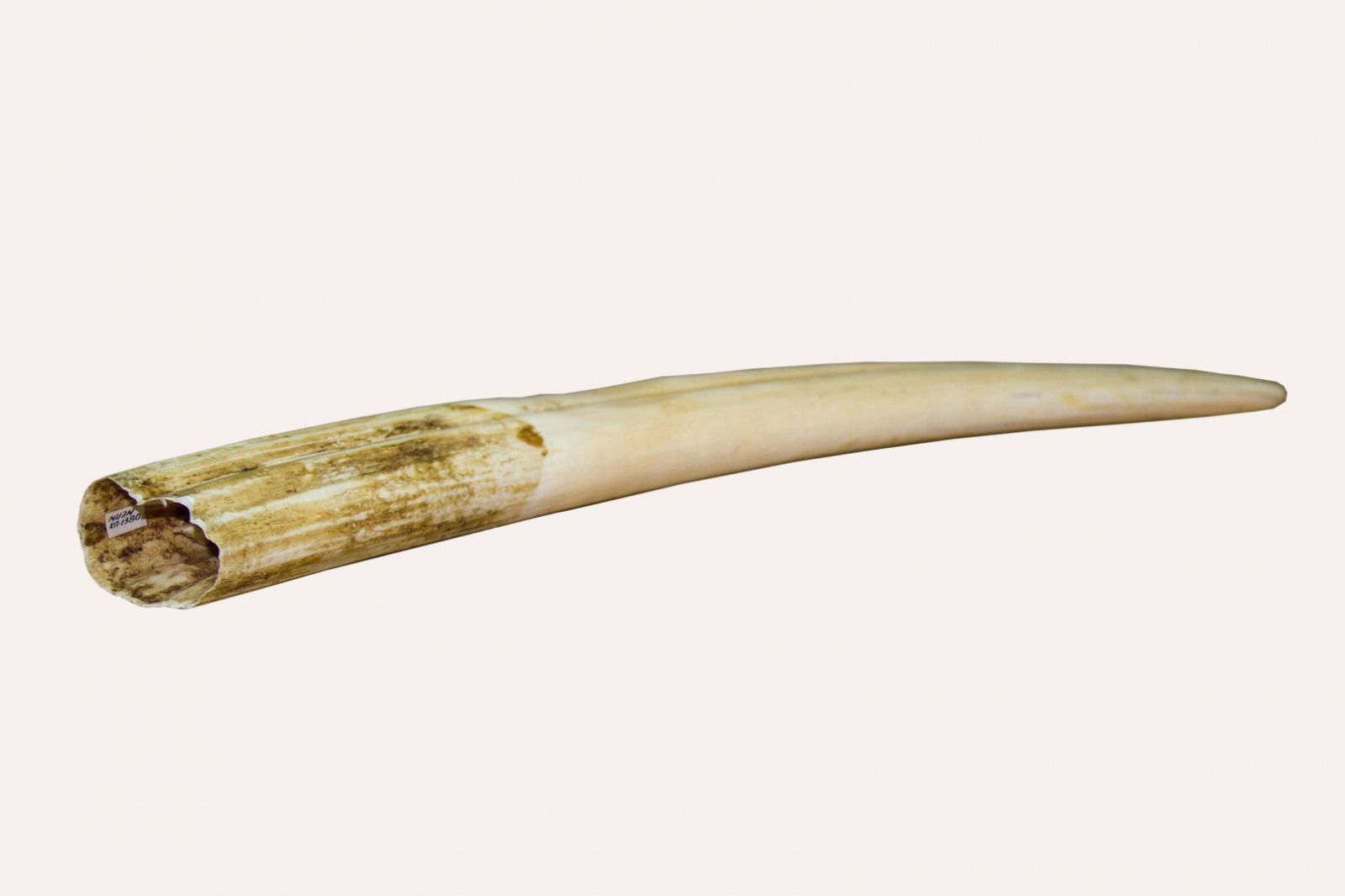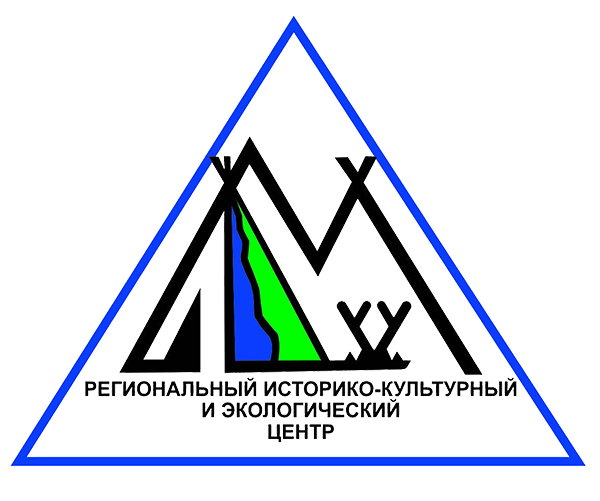Рубрика «Предметы и Факты» (+ перевод)

Существовало множество предположений о том, зачем же моржам нужны их бивни. Само латинское название «Odobenus rosmarus» отсылает нас к интерпретации «ходячий на зубах морской конь», но тогда встает вопрос – если клыки нужны моржам для передвижения на льдинах, то как с этим могут справляться молодые особи или самки, у которых клыки намного меньше по размерам чем у самцов (не говоря уже о том факте, что сам процесс роста клыков может достигать 15 лет)? Другое логичное заключение можем сделать и мы сами – возможно большие клыки им нужны для охоты? Тоже мимо, основу рациона моржей составляют моллюски, креветки, осьминоги и лангусты. Для их охоты им нужны лишь их «усики», называющиеся «вибриссами». Ими животное «прощупывает» дно, ими же скатывает собранную пищу в комки. На морде моржа может быть более полутысячи вибрисс, которые с возрастом изнашиваются. В редких случаях моржи могут нападать на тюленей или защищаться от других хищников, а также «пропахивать» землю в поисках своей добычи – в таких случаях клыки действительно могут быть полезны.
Однако даже эти факторы не играют ключевую роль в ответе на наш сегодняшний вопрос. Сам ответ оказывается намного тривиальнее, чем можно подумать. Вид и длина клыка у моржей — это показатель их «престижа» в своем окружении. Клыки — это мощное оружие, с помощью которого моржи выясняют, кто из них сильнее, кто более достоин благосклонности самок. Для людей клыки моржа имеют тоже множество значений. Это один из объектов промысла коренных северных народов, их используют в качестве инструментов, бытовых предметов, а также фольклорного искусства (фигурки, скульптурные группы). Представленный вам образец имеет длину в 48 сантиметров и был получен нами из музея г. Нижневартовска в далеком 1987 году.
#Морж #Клык
________________________________________________________________________
There were many speculations as to why walruses need their tusks. The Latin name "Odobenus rosmarus" itself refers us to the interpretation "sea horse walking on teeth", but then the question arises - if walruses need tusks to move on the ice, then how can young individuals or females with tusks much smaller in size than males cope with it (not to mention the fact that the process of tusk growth itself can reach 15 years)? Another logical conclusion we can draw ourselves - perhaps they need big fangs to hunt? Also bypassed, the basis of the diet of walruses are clams, shrimps, octopuses and lobsters. To hunt they need only their "tendrils" called "vibrissae". With them the animal "probes" the bottom and rolls the collected food into lumps. There can be more than half a thousand vibrissae on the walrus's muzzle, which wear out with age. In rare cases walruses can attack seals or defend themselves from other predators, and also "plow" the ground in search of their prey - in such cases the tusks can really be useful.
However, even these factors do not play a key role in answering our question today. The answer itself turns out to be much more trivial than one might think. The type and length of a walrus' canine is an indicator of its "prestige" in its environment. Fangs are a powerful weapon with which walruses find out who is stronger, who is more worthy of the females' favor. For people walrus fangs also have many meanings. It is one of the objects of trade of indigenous peoples of the North, they are used as tools, household items, as well as folklore art (figurines, sculptural groups). Presented to you sample has a length of 48 centimeters and was received by us from the museum of Nizhnevartovsk in the distant 1987.
Однако даже эти факторы не играют ключевую роль в ответе на наш сегодняшний вопрос. Сам ответ оказывается намного тривиальнее, чем можно подумать. Вид и длина клыка у моржей — это показатель их «престижа» в своем окружении. Клыки — это мощное оружие, с помощью которого моржи выясняют, кто из них сильнее, кто более достоин благосклонности самок. Для людей клыки моржа имеют тоже множество значений. Это один из объектов промысла коренных северных народов, их используют в качестве инструментов, бытовых предметов, а также фольклорного искусства (фигурки, скульптурные группы). Представленный вам образец имеет длину в 48 сантиметров и был получен нами из музея г. Нижневартовска в далеком 1987 году.
#Морж #Клык
________________________________________________________________________
There were many speculations as to why walruses need their tusks. The Latin name "Odobenus rosmarus" itself refers us to the interpretation "sea horse walking on teeth", but then the question arises - if walruses need tusks to move on the ice, then how can young individuals or females with tusks much smaller in size than males cope with it (not to mention the fact that the process of tusk growth itself can reach 15 years)? Another logical conclusion we can draw ourselves - perhaps they need big fangs to hunt? Also bypassed, the basis of the diet of walruses are clams, shrimps, octopuses and lobsters. To hunt they need only their "tendrils" called "vibrissae". With them the animal "probes" the bottom and rolls the collected food into lumps. There can be more than half a thousand vibrissae on the walrus's muzzle, which wear out with age. In rare cases walruses can attack seals or defend themselves from other predators, and also "plow" the ground in search of their prey - in such cases the tusks can really be useful.
However, even these factors do not play a key role in answering our question today. The answer itself turns out to be much more trivial than one might think. The type and length of a walrus' canine is an indicator of its "prestige" in its environment. Fangs are a powerful weapon with which walruses find out who is stronger, who is more worthy of the females' favor. For people walrus fangs also have many meanings. It is one of the objects of trade of indigenous peoples of the North, they are used as tools, household items, as well as folklore art (figurines, sculptural groups). Presented to you sample has a length of 48 centimeters and was received by us from the museum of Nizhnevartovsk in the distant 1987.
